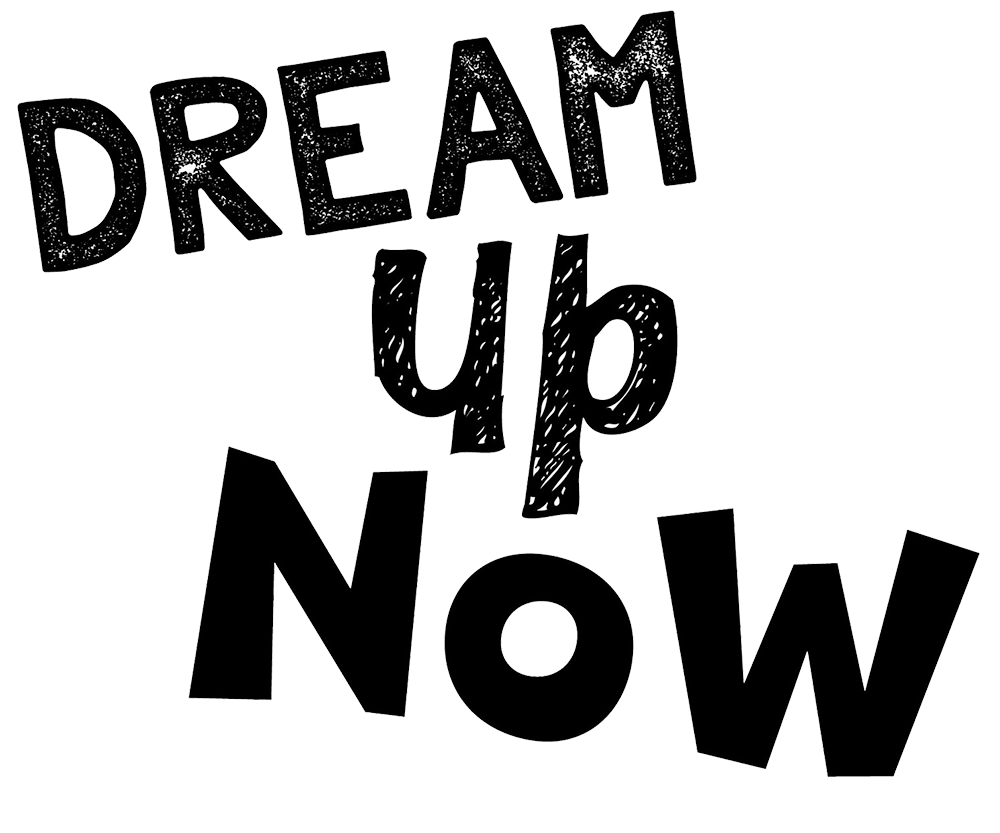http://www.georgeellalyon.com/where.html
Where I’m From
I am from clothespins,
from Clorox and carbon-tetrachloride.
I am from the dirt under the back porch.
(Black, glistening,
it tasted like beets.)
I am from the forsythia bush
the Dutch elm
whose long-gone limbs I remember
as if they were my own.
I’m from fudge and eyeglasses,
from Imogene and Alafair.
I’m from the know-it-alls
and the pass-it-ons,
from Perk up! and Pipe down!
I’m from He restoreth my soul
with a cottonball lamb
and ten verses I can say myself.
I’m from Artemus and Billie’s Branch,
fried corn and strong coffee.
From the finger my grandfather lost
to the auger,
the eye my father shut to keep his sight.
Under my bed was a dress box
spilling old pictures,
a sift of lost faces
to drift beneath my dreams.
I am from those moments–
snapped before I budded —
leaf-fall from the family tree.
Where to Go with “Where I’m From”
While you can revise (edit, extend, rearrange) your “Where I’m From” list into a poem, you can also see it as a corridor of doors opening onto further knowledge and other kinds of writing. The key is to let yourself explore these rooms. Don’t rush to decide what kind of writing you’re going to do or to revise or finish a piece. Let your goal be the writing itself. Learn to let it lead you. This will help you lead students, both in their own writing and in their response as readers. Look for these elements in your WIF poem and see where else they might take you:
- a place could open into a piece of descriptive writing or a scene from memory.
- your parents’ work could open into a memory of going with them, helping, being in the way. Could be a remembered dialogue between your parents about work. Could be a poem made from a litany of tools they used.
- an important event could open into freewriting all the memories of that experience, then writing it as a scene, with description and dialogue. It’s also possible to let the description become setting and directions and let the dialogue turn into a play.
- food could open into a scene at the table, a character sketch of the person who prepared the food, a litany of different experiences with it, a process essay of how to make it.
- music could take you to a scene where the music is playing; could provide you the chance to interleave the words of the song and words you might have said (or a narrative of what you were thinking and feeling at the time the song was first important to you (“Where I’m Singing From”).
- something someone said to you could open into a scene or a poem which captures that moment; could be what you wanted to say back but never did.
- a significant object could open into a sensory exploration of the object-what it felt, sounded, smelled, looked, and tasted like; then where it came from, what happened to it, a memory of your connection with it. Is there a secret or a longing connected with this object? A message? If you could go back to yourself when this object was important to you, what would you ask, tell, or give yourself?
Remember, you are the expert on you. No one else sees the world as you do; no one else has your material to draw on. You don’t have to know where to begin. Just start. Let it flow. Trust the work to find its own form.
